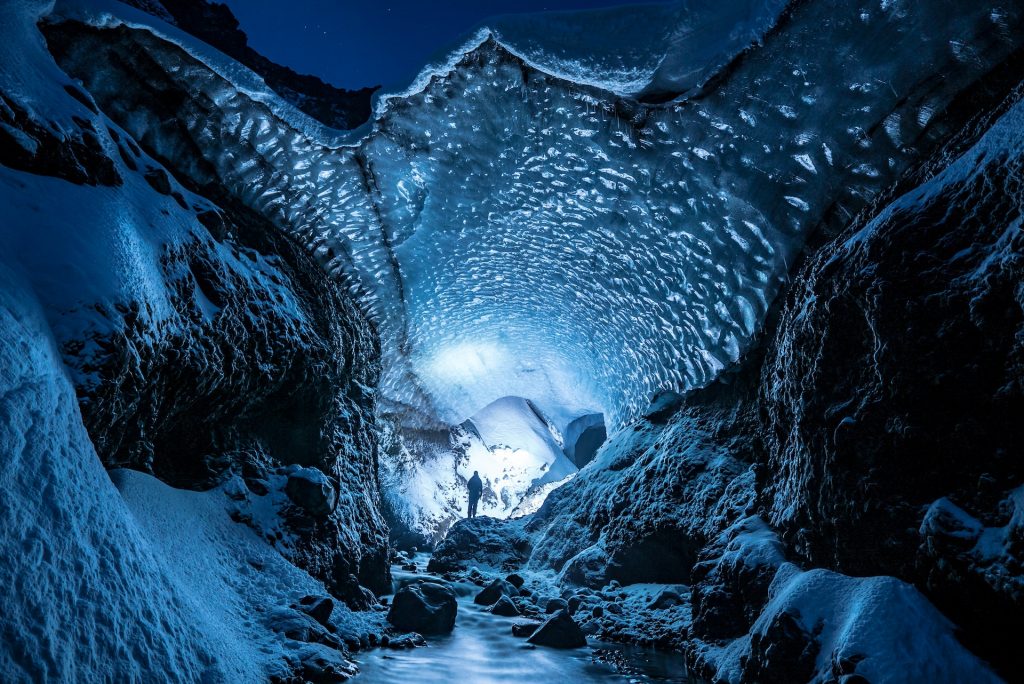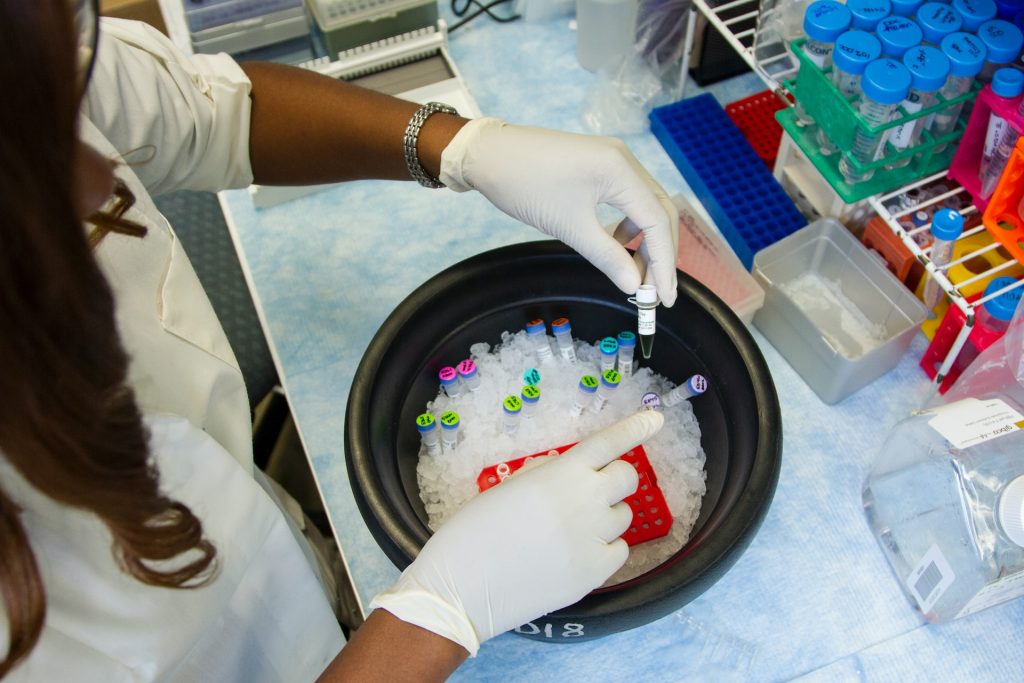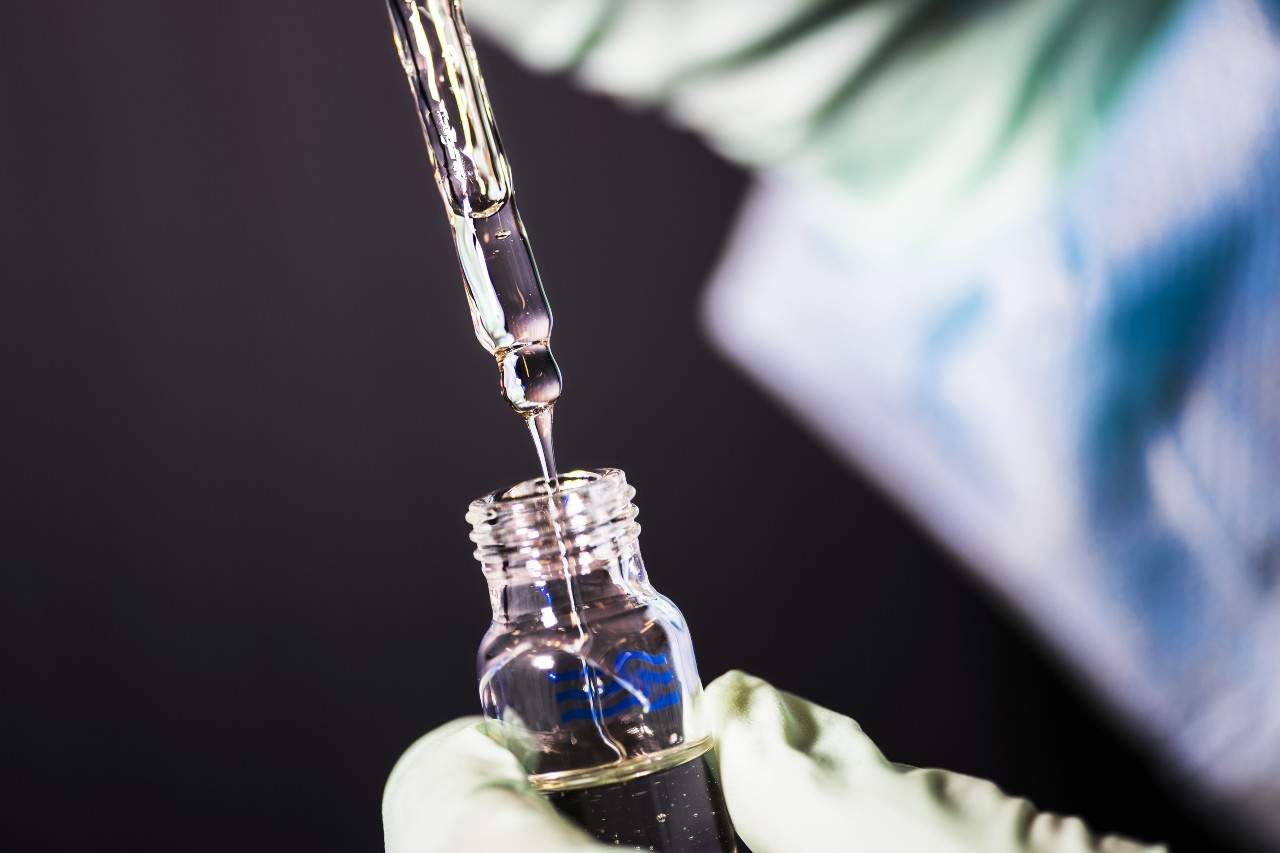This is not something one often hears on the daily news, that an animal has survived 24 centuries of preservation and is now alive, eating, reproducing, and going about its business as usual. This was a huge story, and one that would simply blow any timeskipper’s mind away, so we went in to investigate and here is what we found about that tiny animal, how special it is, and how this revived animal’s story is interesting for cryopreservation and revival research.
“True revival is that divine moment when God bursts upon the scene and displays his glory.” – Del Fehsenfeld Jr.
What was once thought impossible – the resurrection of the dead, a second chance at life, revival – is now a reality thanks to a recent scientific discovery involving a tiny bizarre animal: the bdelloid rotifer. In June 2021, scientists discovered a 24,000-year-old bdelloid rotifer in the Siberian permafrost; a tiny animal that can possibly help advance research on storing and maintaining multicellular tissues such as organs, eggs, and embryos. This tiny, ancient animal has unique characteristics that have enabled it to survive for thousands of years. Thus, understanding their secrets for survival can help the medical field in several ways.
What is a Bdelloid Rotifer?
Bdelloid rotifers (pronounced with a silent b) are multicellular organisms that live in freshwater habitats. It is a very tiny animal that is not visible to the naked eye, which is why it is called a “microscopic animal.” Think of them as incredibly tiny worms, so small that scientists estimate that a drop of water can contain 100 rotifers.
Bdelloid rotifers are invertebrates, meaning an animal without a spine. These small animals have amazing and unique features that have allowed them to survive for millions of years.
How were Bdelloid Rotifers preserved for such a long time?
There are 450 known species of rotifers on this planet. They are characterized by their immense tolerance to various environmental conditions, enabling them to survive the harshest natural challenges using suspended animation.
Suspended animation is the temporary state of shutting down the organism’s body functions during harsh natural circumstances to preserve physiological functions. This should happen without damaging the cells or the vital bodily functions. In modern terms, it is basically a form of hibernation.
Bdelloids were previously thought to be capable of surviving only ten years of freezing; who would have thought that they would survive 24,000 years of freezing, defying all odds!
Not only did it survive thousands of years of freezing, but the revived rotifer was also able to eat when fed and maintained full body function after being thawed in June 2021.

If you are wondering how scientists were able to determine the animal’s age, this is because they used a technique called “radiocarbon dating,” which determined that its age ranges between 23,690 and 24,485 years.
What made Bdelloid Rotifers a great candidate for centuries of preservations?
Radioactive-resistant properties
High-energy radiation is generally lethal to living cells, that is why it is used in the treatment of several cancers. Unlike in comics, radiation does not grant you superpowers in real life but instead damages your DNA, causing irreversible and drastic damages.
However, bdelloids are one of the most radiation-resistant organisms found on planet earth. This was discovered by Eugene Gladyshev and Matthew Meselson from Harvard University.
An indestructible DNA
Because radiation affects the DNA, scientists investigated the effect of radiation on the Bdelloid’s genes. They found that just like in any other living cell, radiation causes damage to the DNA of the Bdelloid. It shreds it!
However, even with shredded DNA, these tiny animals still survived and even reproduced. This is a clear sign that these animals have a unique ability to repair these DNA damages.
Finding out the secrets of this repair mechanism can greatly help scientists possibly reverse DNA damage induced by radiation.
There were also traces of very rare DNA in the Bdelloid, such as traces of bacteria, fungal, and plant genes. The genes found are fully functional and code for biological functions such as breaking down sugar or producing different molecules.
These genes could be essential in the medical field, especially in developing new antibiotics.
Will a new generation of Bdelloids rise?
Surprisingly, after being revived, the animal was also able to reproduce. But no, scientists didn’t find two loving Siberian rotifers hibernating together, waiting to save their species from extinction and create a new generation of rotifers. Rotifers are actually asexual beings, which means they don’t need a partner to reproduce. In fact, they are the most ancient asexual organisms known to date.
Scientifically, this type of reproduction is called parthenogenesis, when fertilization can occur without the need for a sexual partner. Being able to asexually reproduce means that the revival of one asexual animal can revive the entire species.
According to the Red Queen hypothesis, asexual reproduction is key to survival. Because they can reproduce on their own, and fast, asexual animals can also quickly evolve by changing their DNA. This helps them develop new mechanisms to fight predators and ensure their survival.
Why is this discovery important?
Due to this major discovery, scientists now know that they can freeze multicellular organisms for thousands of years and then revive them.
The issue with freezing organs and eggs is that a large portion of the cells will not typically survive after thawing them. For example, if you freeze eight eggs or sperms for ten years, about 6/8 will survive, if not less. This discovery may help with improving research on storing stem cells, eggs, and sperms, as well as organs.

A lot of diseases occur because of DNA damage. Thus, scientists can help repair DNA damage that results from physical damage by understanding the extraordinary DNA repair mechanisms in the Bdelloid.
In a nutshell
The discovery of the Bdelloid in the Siberian permafrost is revolutionary. It opens a broad window to improve several research fields, such as DNA damage repair and long-term cellular preservation. This tiny animal, once thought extinct, may hold the answers to several scientific problems.
Uncovering a real story of animal revival makes it much more plausible to believe that hibernation and the revival of other life forms is only a matter of time. We can only expect scientists to start building links between natural preservation and cryonics soon. Extending human life seems today just one step closer to actualization. With the right investment to further studies and experiments on cryopreserved animals, the cryonics community will get closer to the breakthrough that makes the revival dream an endorsed medical procedure.














